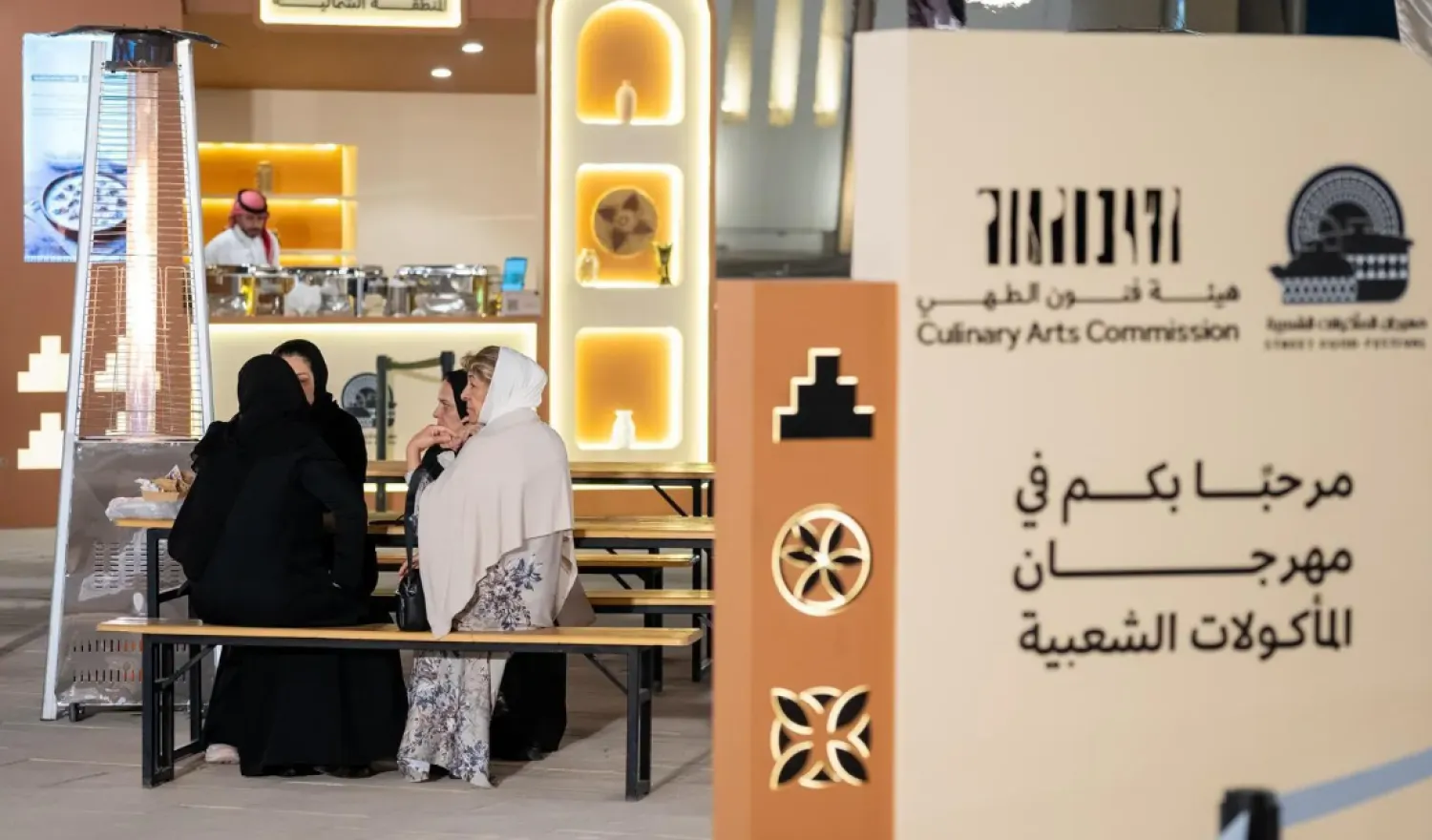Following the August 4 explosion in the Lebanese capital, Mar Mikhael and Gemmayze, two Beirut neighborhoods close to the port, were devastated. They had been buzzing with life before a large part of the capital was destroyed that day, when its heart stopped beating, its streets, cafes and neighborhoods froze and its people were traumatized.
Today, “Beirut City of Life” aims to alleviate the pain through an initiative to bring life back to the heart of Beirut. Starting December 7, Mar Mikhael and Gemmayze will come out of darkness and destruction to the light through the efforts of admirers of the city and artists determined to keep the hope alive.
“We will not accept to continue to mourn and cry over the ruins. We stood back up, and we took it upon ourselves to pay tribute to our beloved city and everyone who helped to save lives. We have gathered as volunteers from various fields and started a journey to restore life to the landmarks of a city struck by the explosion,” Executive Director of the Stro'berry Marketing Company Faten Attar, who is overseeing the initiative, told Asharq Al-Awsat.
“In cooperation with the Syndicate of Restaurants and pub owners, various bodies and companies in Gemmayze and Mar Mikhael, we decided to initiate activities to restore life to the heart of Beirut,” Attar continued.
Around 40% of the 90 restaurants, cafes and bars in Gemmayze and 158 in Mar Mikhael joined the initiative. Other business owners, who didn’t participate, expressed their frustration and were left without hope, having not received any support from official agencies.
Attar also decried state inaction, saying the initiative did not receive any support from official or foreign bodies. Beirut admirers and residents funded all the activities.
The initiative includes workshops, exhibitions, concerts, Christmas markets, and sponsored discounts at restaurants, hotels and apartment rentals. There are also special events for children including games and competitions. There will also be panel sessions.
In the first week, from December 7 to December 13, restaurants in the two neighborhoods will offer up to a 50 percent discount. The train station in Mar Mikhael will host panel discussions and live children’s performances.
The opening ceremony on December 12 will feature a concert by a group of young artists. It will start with the song, Beirut My Mother, which was recently composed and produced by musician Jean-Marie Riachi.
That evening, the initiative will honor the brave people on the front lines during the disaster, including doctors, paramedics, civil defense personnel and the Lebanese Red Cross. On December 13, there will be a craft exhibition, live drawing on the street and educational game competitions. A Garage Souq, where people can purchase and sell used and new items, will be set up. The initiative also includes environment-friendly activities in which cars will be banned.
In the second week, from the 14th to the 20th, art exhibitions will be held at the various galleries in the area. “Pop up exhibitions” will also be set up. On the evening of December 20, Matteo Khodr, the star of the French-Lebanese version of The Voice, will perform a live concert.
From December 18 until next January 3, a Christmas fair will be set up at the Frere School in Gemmayze, and gifts will be distributed to children from Saint Anthony Church. In the last week, renowned Lebanese chefs will cook various dishes in front of audiences. All restaurants will open their doors to patrons, offering them discounts and price reductions under the event title “Take your family for a stroll.”









